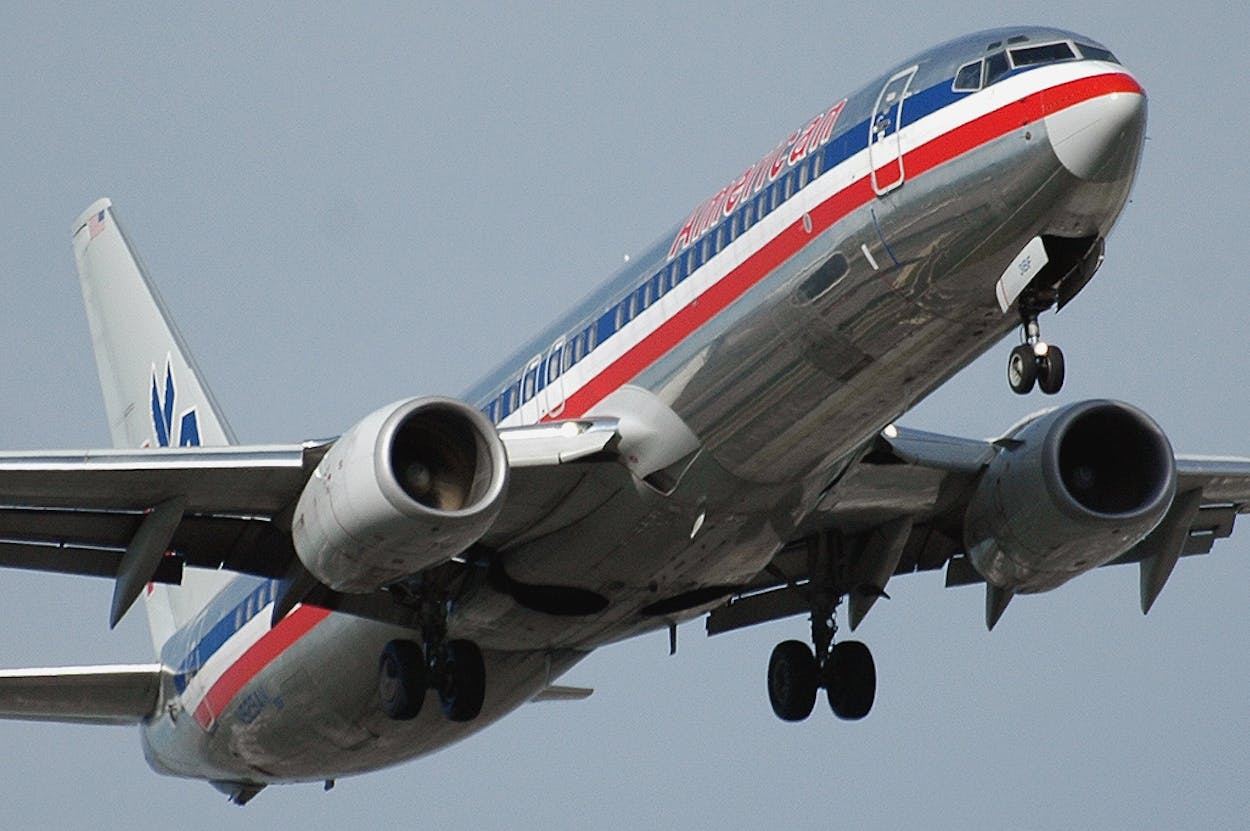American Airlines parent company AMR filed for Chapter 11 bankruptcy on Tuesday. Also, dog bites man. American was practically the only legacy US carrier (read: not Southwest) NOT to declare bankruptcy in the past ten years, which most stories about yesterday’s announcement were quick to point out.
Michelle Higgins of the New York Times spoke to travel industry analyst Henry H. Harteveldt who said, “except for Southwest, there isn’t a single airline that started before deregulation in 1978 that has not gone through bankruptcy.”
Scott Neuman of NPR echoed that same analysis: “United, Northwest and Delta have all taxied down the Chapter 11 tarmac. US Airways did it twice in as many years.”
Most of those bankruptcies were a result of the travel industry’s post-9/11 slump; filing for Chapter 11 allowed those airlines to restructure. “Bankruptcy, for the airline industry in particular, is just a way to refinance the business,” former Continental Airlines vice president Peter Garcia told Neumann. “It is a financial move to keep you in business and give you some time to renegotiate with your lenders.”
Airline mergers have also become the norm—Northwest and Delta combined in 2008 and United banded together with Continental two years later. Andrea Ahles of the Fort Worth Star-Telegram suggested that American merging with US Airways is one possible scenario for salvaging the business.
But what does it mean for ticketholders? Customers are unlikely to be affected in the short-term, but there’s trouble ahead for pension-holders and company employees, who have already had a rocky relationship with American—the airline has been in a contract stalemate with its pilots since 2003. Ahles reported that CEO Tom Horton, who was promoted from president to replace Gerard Arpey as part of the bankruptcy process, claims American’s labor costs are $800 million a year higher than its legacy competitors. As she also wrote:
Employees are concerned that American might terminate their pension plans and retirement benefits during the bankruptcy process. The airline has 88,000 workers, including 24,000 to 25,000 in North Texas who work at Dallas/Fort Worth Airport, its headquarters, its flight academy, its reservations office and its maintenance base at Alliance Airport.
The Pension Benefit Guaranty Corp., the federal agency that protects private employee pension benefits, estimated that American workers could lose $1 billion in pension benefits if the airline terminates the plans.







